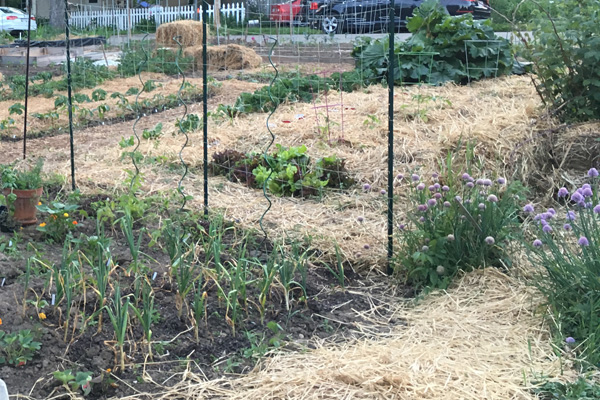Urban

It’s not every day United States history mixes with microbes in the soil. But when the turf on the National Mall in Washington, D.C. was replaced, it offered scientists the opportunity to study changes in the soil underneath.

Montreal: Famous for its churches, carriage rides…and urban agriculture.
Yes, urban agriculture. Montrealers have cultivated not only a love for food, but also a love for food grown locally. The city’s growth in this field yields lessons for urban agriculture elsewhere.

Green thumbs, do not fret. Pockets of soil in urban areas are still available for the increasingly popular practice of urban gardening.
And while the proximity of these soils to pollution and industry can increase levels of contamination by harmful compounds, some scientists have found that the risks associated with gardening in these soils may not be as high as first thought.

Less than a mile from the edge of the bustling Penn State University campus lies 600 acres of cropland and forests crisscrossed with irrigation pipes. The water being pumped out of these pipes isn’t channeled from a river or a well. Instead, over 500 million gallons of treated wastewater from the campus is discharged at this site every year.

Geologic and soil processes are to blame for significant baseline levels of arsenic in soil throughout Ohio, according to a study published in the May-June 2014 issue of the Journal of Environmental Quality.

Growing your own vegetables can be a great practice for homeowners and renters. It promotes a healthier diet, saves money, and provides exercise. But there's one ingredient backyard gardeners may not realize they might be adding to their vegetables—lead.

In many cities around the world, patrons of high-end restaurants want quality food that is flavorful and fresh. To satisfy their guests, chefs are looking closer and closer to home – to locally grown produce from neighboring farms or even from their own, restaurant-owned gardens.
“You can’t find fresher food anywhere,” says Sam Wortman, assistant professor at University of Illinois at Urbana-Champaign. “Chefs are literally picking produce the same day they’re cooking it in the restaurants.”
